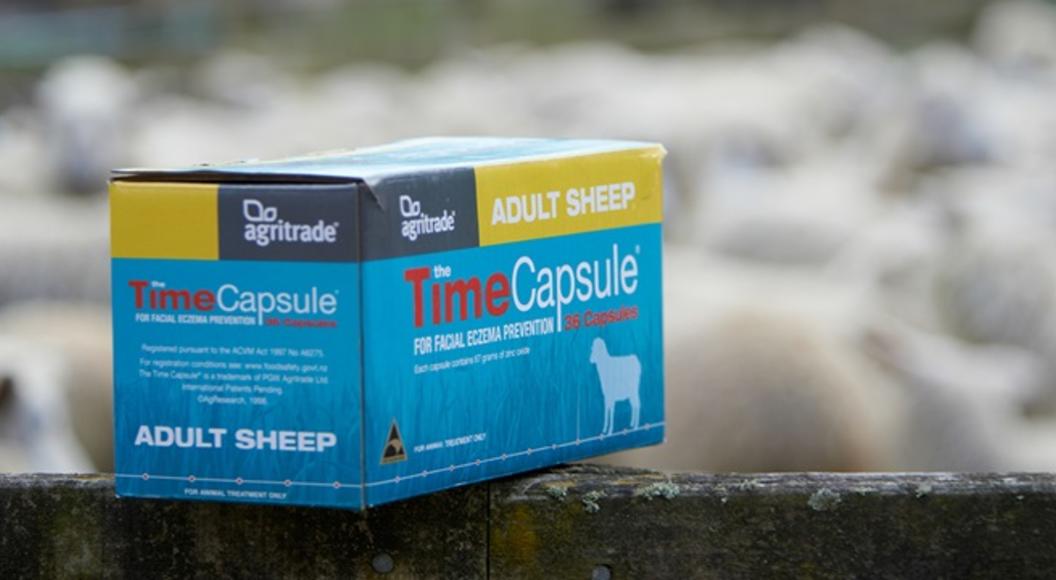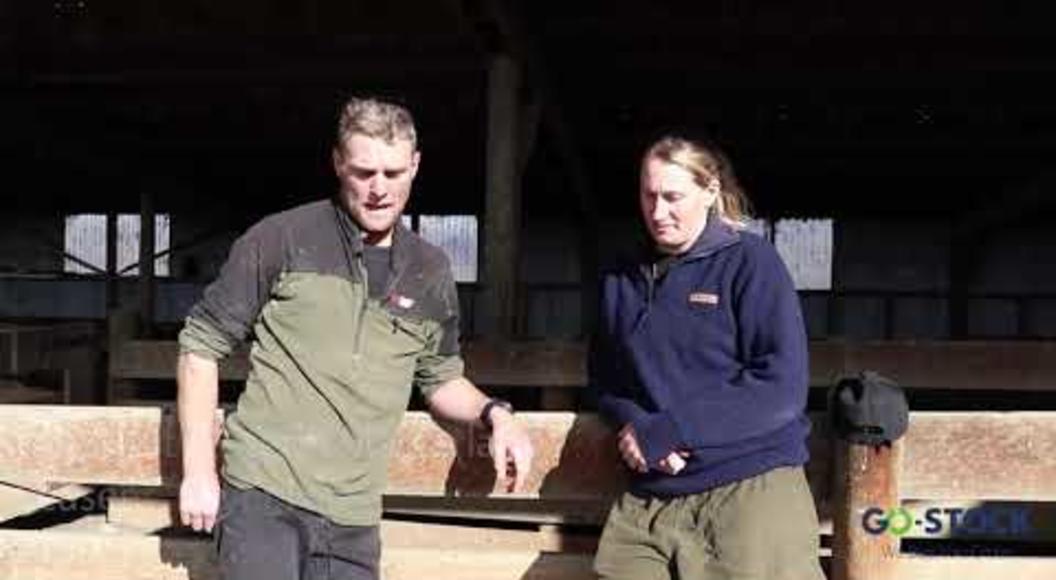Planning vaccination programmes to get the best result
Clostridial bacteria can be a significant cause of death in farmed livestock, and modern multivalent vaccines are effective at preventing stock losses when given correctly.
Here are several factors that can influence the effectiveness of a vaccine:
Not all animals will respond to the vaccine.
Although rare, some animals fail to produce an antibody response after vaccination. So, if this was in a ewe pre-lamb, her lambs will not receive any passive protection against the clostridial diseases. Nilvax® and Multine® have been shown to have fewer “non-responders” than other vaccines.
Colostrum
The volume and quality of colostrum produced by the ewe impacts the number of antibodies available for the lambs. Colostrum production is greater in ewes with a higher Body Condition Score (BCS) and fed to maintain BCS in the two weeks prior to lambing. This is more pertinent for twin and triplet lambs.
Antibodies
Antibodies are large and can only be absorbed in the first 12-24 hours of life. The “gaps” in the gut wall that allow antibodies to fit through close down. Lambs that are less vigorous at birth and do not have a good feed of high quality colostrum are going to absorb fewer antibodies.
Timing of vaccination
Vaccinating the ewe provides maternally derived antibodies to protect the lamb, but this does not last forever. Nilvax provides protection in the lambs for up to 16 weeks after ewe vaccination and Multine provides up to 12 weeks, so the timing of vaccination in relation to when the lambs are born is important (see Diagram 1 below). Yarding ewes too close to lambing can put ewes under metabolic stress, inducing milk fever and sleepy sickness. This is a particular risk for ewes with BCS of more than 3.5, and pregnant with twins or triplets.
In the scenarios above where ewes are vaccinated with either Multine (two to four weeks pre-lamb) or Nilvax (four to six weeks pre-lamb), there are periods prior to weaning where the maternally derived antibodies are not providing protection for all lambs. This leaves these lambs prone to clostridial disease and death.
Vaccinating lambs at docking or tailing provides short term protection for the lamb (three to six weeks) and is the sensitiser of the programme, so a subsequent vaccination four to six weeks later provides long term protection (up to one year). This is particularly important for protection against pulpy kidney. To continue the vaccination programme, these lambs would be given a booster vaccination pre-lamb as a hogget or before 12 months elapses from the administration of the booster vaccine.
Leaving too long a period between the first and second dose of the primary vaccination programme can have a significant impact on the ability of the vaccine to prevent disease over time. Vaccinating lambs at docking or tailing and then at lamb shearing may be too long. Look at your farming calendar and determine the best times to vaccinate to provide effective short and long term protection by having the two given four to six weeks apart.
For advice planning your vaccination programme, contact your local PGG Wrightson Technical Field Representative.
ARTICLE SPONSORED BY MSD ANIMAL HEALTH



